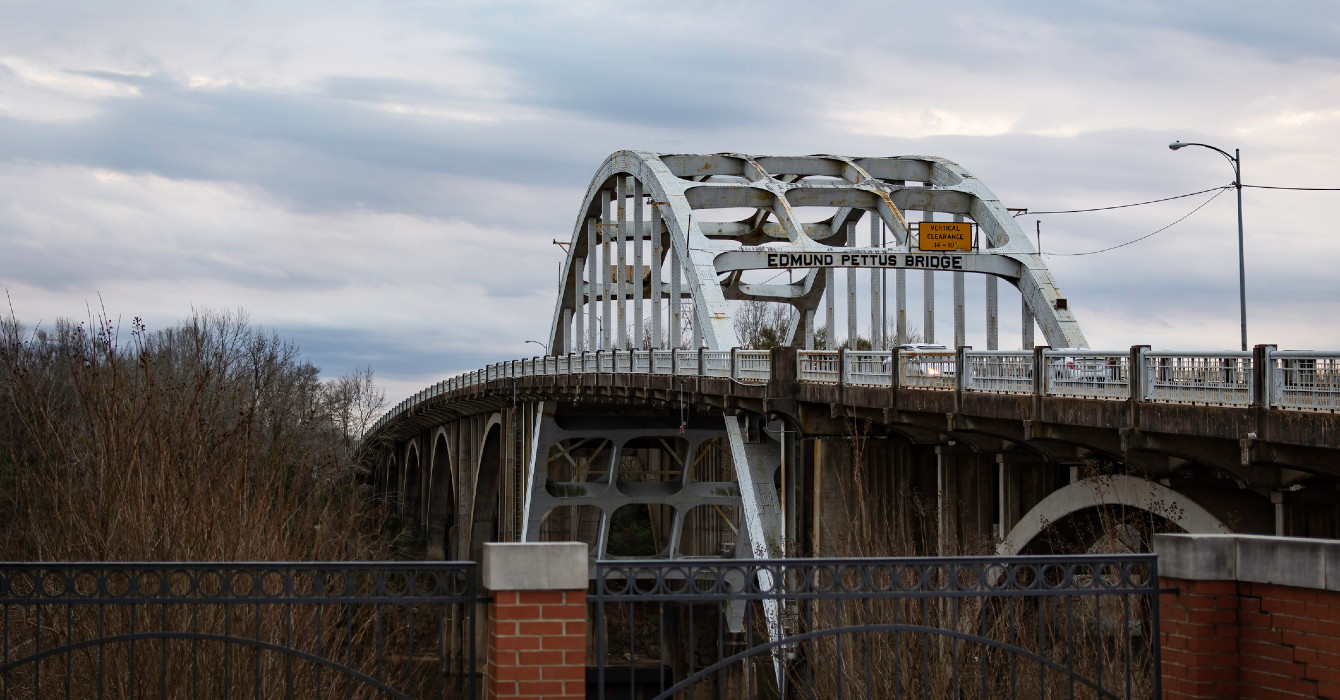Editor’s note: In June 2020, nearly three dozen people alleged that they saw or experienced “spiritual and psychological abuse" by Christopher L. Heuertz; he posted a public apology on his webpage in which he acknowledged that some of his friendships with women “became inappropriate in nature.” A later investigation by an independent, third-party investigator on behalf of Gravity found no evidence of misconduct. Gravity is no longer in operation.
I was born Catholic, but when I was in third or fourth grade, my parents joined a Protestant church.
As a kid, I noticed a few obvious differences: the Protestant service was longer than Mass; Catholic priests dressed cooler than Protestant pastors; it was easier to sleep in the Protestant service (not so much standing, sitting and kneeling); and the Catholic church building seemed sort of “holy,” while the Protestant one seemed sort of “flat.”
As an adult, I realize there are much more significant differences, of course. But one of the differences I think Protestants miss out on is an appreciation of our shared saints.
I’m not going to jump into a theological debate; I just think it’s generally sad that Protestants miss out on the stories, legacies and potential impact of the historical heroes and heroines of our faith.
Though I left the Catholic Church when I was 11, I still have a deep affinity for Catholicism’s veneration of the saints. In fact, I carry a little bundle of saints’ medals in my pocket.
The medals include some with special meaning for me:
Christopher: Not only is he my namesake; he is the patron saint of travelers, and since I routinely take more than 100 flights a year, how could I not bring St. Christopher with me?
Clare and Francis of Assisi: The patron saints (respectively) of clear vision and the environment, peace, and those who struggle for justice. My vocation for contemplative activism was rooted in my exploration of Clare’s and Francis’ vocations, and I’ve visited Assisi a couple of times.
Santiago (or St. James): The patron saint of pilgrims. Years ago, my wife and I traveled more than 800 kilometers on the Camino de Santiago -- historically, the third most sacred Christian pilgrimage -- to the cathedral where the remains of St. James are said to be buried.
Ignatius of Loyola: He started the Society of Jesus (the Jesuits) and inspired a contemplative tradition that has taught me how to grow in discernment.
Thomas the Apostle: Often referred to as “Doubting Thomas.” Thomas’ doubt invites me to reframe my own understanding of faith, not in terms of beliefs, but as an option for the unbelievable.
Mother Teresa: Yes, I realize she’s not yet officially recognized as a saint, but in my early 20s, I spent quite a bit of time with her and will forever be indebted to her generous love toward me.
The one medal I carry that folks usually don’t recognize is St. Lawrence. A few years ago, I searched unsuccessfully for a book on St. Lawrence. I did eventually come across an out-of-print volume titled “St. Lawrence,” only to pay a rare-book-premium price for a thin and unhelpful booklet on Canada’s St. Lawrence River.
To this day, St. Lawrence captures my attention.
Lawrence is considered the patron of comedians, librarians (ironic, since I can’t find any books about him), winemakers and people who are poor. He’s also one of the most honored martyrs of the Roman Church.
Lawrence was born in Spain. In 257, Pope Sixtus (or Xystus) II ordained Lawrence as a deacon and appointed him as the head of the seven deacons of the church in Rome.
Although Christianity had been outlawed in Rome earlier that year, the church continued to go about its work. Lawrence was given many responsibilities, including distributing the church’s revenue among those who were poor and overseeing the church’s treasury.
In 258, the pope and the six other deacons were arrested and beheaded under Emperor Valerian. After the executions, the Roman prefect gave Lawrence, now the functional head of the church, three days to gather the church’s treasures and surrender them to the state.
Lawrence, however, used those days to distribute the church’s wealth to those in need, even selling some precious and sacred vessels to raise more money to give away.
Then, upon his arrest, tradition tells us that Lawrence boldly presented the crowd of poor and suffering people who accompanied him as the “true treasures of the church.”
Lawrence is even said to have stated before Valerian’s prefect, “The church is truly rich, far richer than your emperor.” This, of course, solidified plans for his execution.
Tradition holds that a fire was prepared and a large gridiron set above it, and on Aug. 10 Lawrence was fastened to it and slowly roasted to his death. We are told that while being cooked alive, Lawrence cried out, “You’ll need to turn me over now; this side is done!”
The life and death of St. Lawrence is a constant reminder to redefine what constitutes “the center” and “the margins” of Christianity.
Throughout the New Testament Gospels, we see Christ locating himself among those who are poor. Thus Jesus establishes a new center, which in turn puts the nonpoor on the margins of his circles. This reframing reminds us that the margins aren’t a location but an orientation -- one that should be rooted in solidarity with the most vulnerable of humanity.
As we consider the legacy of St. Lawrence, we are also reminded that the early church identified itself in relationship to poverty. It did not idealize poverty for asceticism’s sake but found accountability in a community of need.
For more than 20 years, I’ve attempted to follow my friends who are poor to the heart of God. Many of the people I’ve worked among have legitimate reasons to question the possibility of a good God.
Many of my friends are locked down in red-light areas, trafficked into the commercial sex industry; many were conscripted as children and forced to fight in civil wars; many have lost their parents or siblings to the global AIDS pandemic.
Still, though it seems that their prayers go unanswered, they somehow find the resilience to continue to be held by their faith. The spirit of St. Lawrence affirms that these valiant heroines and heroes are the “true treasures of the church.”
As we observe the feast day of St. Lawrence, regardless of our traditions, may we be inspired by the creative courage of the young man who, when forced to surrender the wealth of the church, didn’t present gold and valuable artifacts or holy relics but rather the people who were the most vulnerable: the suffering and those who were poor.














